snaphappy
Rough_Rock
- Joined
- Mar 30, 2025
- Messages
- 18
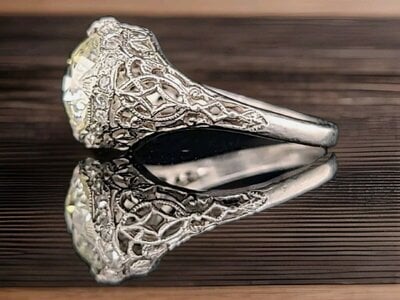
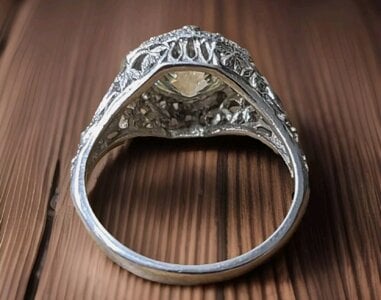
I’ve recently learned that a lot of “art deco” pieces were actually made in the revival period after WWII.
We love the ring so we’re happy either way! But it’s still fun speculating about the age of this ring.
It’s stamped .9 plat which might mean it predates WWII?
The diamond is a “cape” that prioritized size over quality. Here are some specs: 2.78 carat, i1, k, 8.98 - 8.96 x 5.66 and Table is 50% Depth is 63.1% and Girdle is thin - medium. Culet small. So a transitional cut?
Some video:

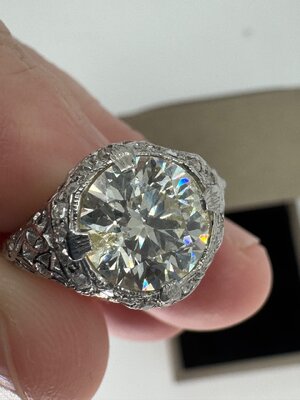
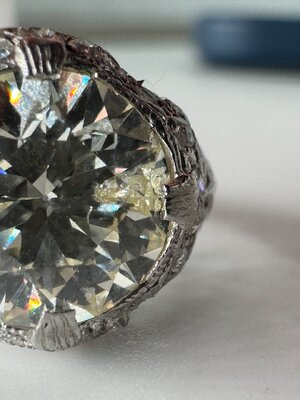
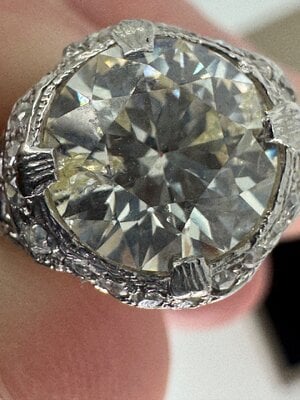
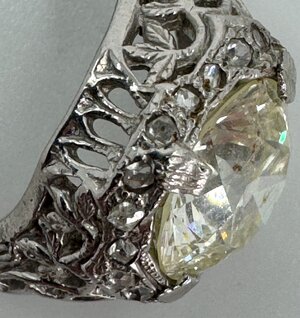
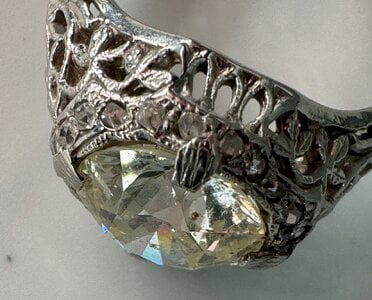
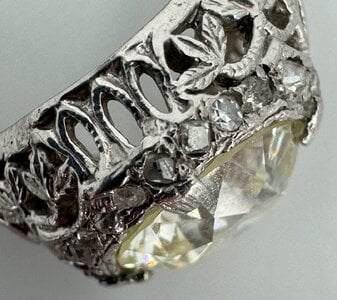
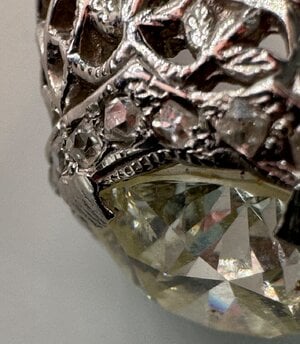
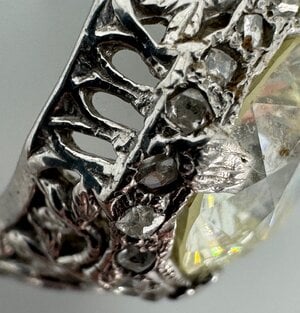
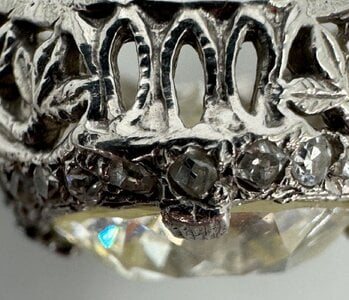



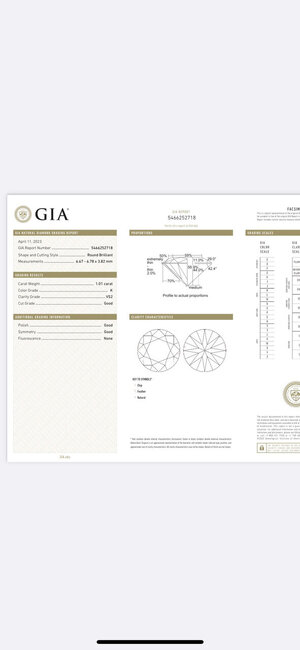
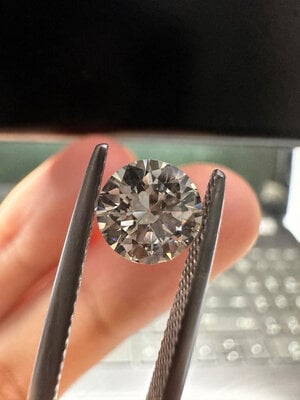
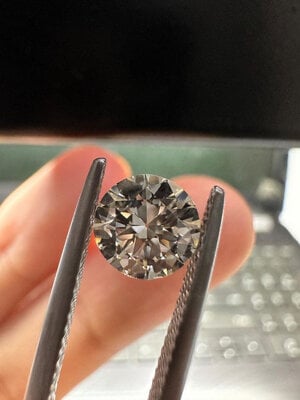



300x240.png)